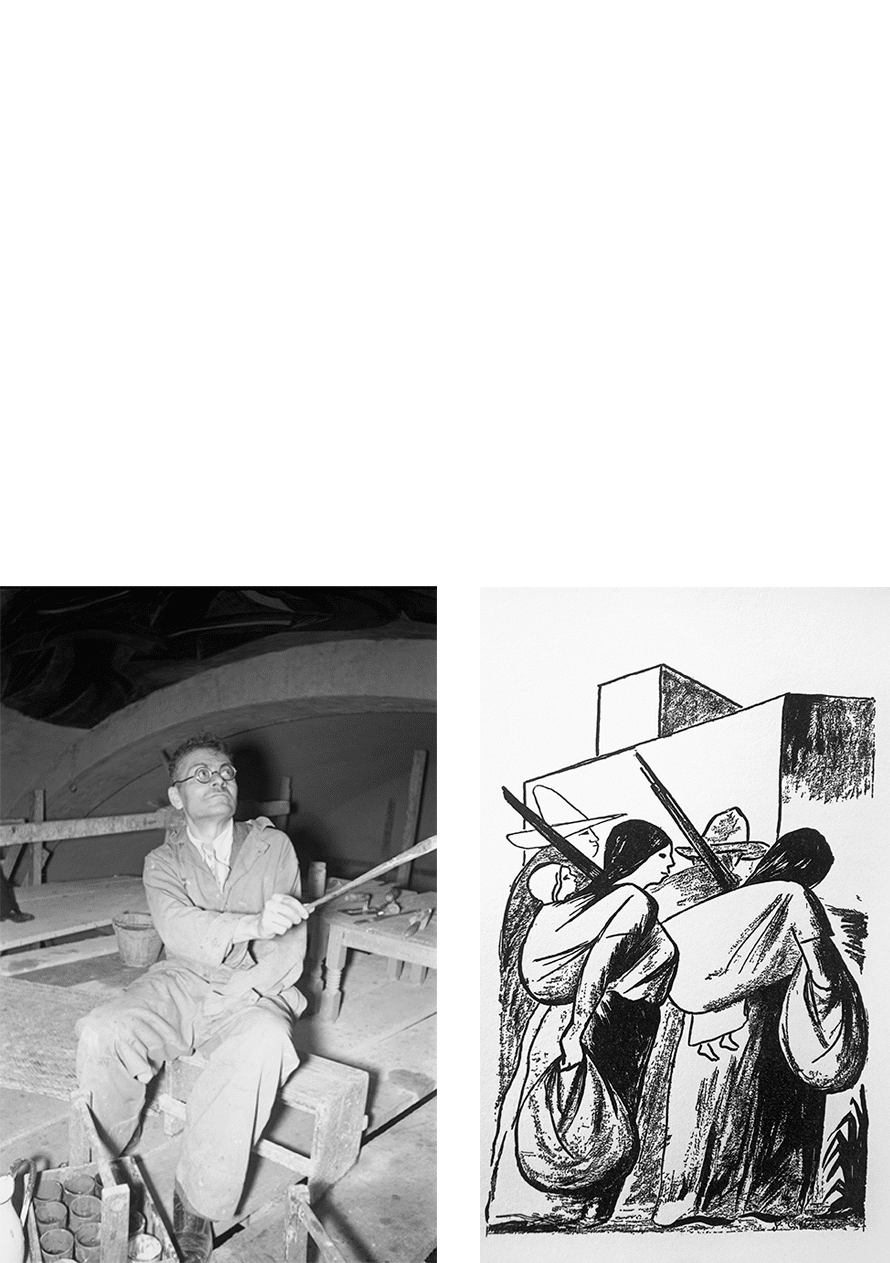Critical, sarcastic, restless, innovative and revo-lutionary, Juan O’Gorman (Mexico City, 1905-1982) is one of the most representative creators of the Mexican scene of the 20th century and one of the most well rounded.
He was an architect, painter and muralist. His grandmother was the first to grant him a wall to fill with children’s drawings, which eventually gave way to his first murals that he left in three pulque bars: Los Fifís, Mi oficina and Entre violetas.
In those years he also designed his own studio house (1929), considered the first functionalist house in Latin America. This property —where he never lived— was followed by the emblematic House of Diego Rivera and Frida Kahlo (1931–1932); both were inspired by Le Corbusier postulates, which promulgate the idea that utilitarian function must be the inspiration of form.
In 1949 he began the colored stone mosaic of the Central Library of Ciudad Universitaria (UNAM), considered one of the most important works not only of the campus, but also of Mexico.
He spent a lot of time and toured many states collecting the pieces that make up the four thousand square meters covered with natural stones, of ten thousand colors, which represented a key piece for UNAM’s central campus to be distinguished with the title of Cultural Heritage of Humanity by UNESCO.

Lorena Ochoa (Guadalajara, Jalisco, 1981) is the best Mexican golfer of all time. When she was only five she learned to hold the club and hit the ball, and at seven she had already won her first national title.
Thus began a career that has earned her 129 titles at state, national and international level; more than 27 of them obtained at the Ladies Professional Golf Association (LPGA). She reached the top of the world raking in 2007 and remained there for 158 consecutive weeks.Her career has been compared to that of legendary figures including Tiger Woods and Nancy López.
She received the National Sports Award for three consecutive years, from 2004 to 2007, and the ESPY Award for Best International Athlete in 2008. That same year she was included in the list of the World’s Most Powerful People by Forbes magazine and Times magazine placed her among the 100 most influential personalities in the world.
In 2017, she became the first Mexican, the first Latin American and one of the youngest women golfers to be distinguished as a member of the International Golf Hall of Fame.

Yoshua Okón (Mexico City, 1970) defines his artistic production as “a series of near-sociological experiments executed for the camera, blending staged situations, documentation and improvisation, and questioning the perceptions of reality and truth, individuality and morality”.
Harsh and irreverent, he takes advantage of art as an opportunity to create a critique that bothers the viewer and breaks the state of passive consumption, leading to reflections on issues such as migration, racism, slavery, globalization and power.
In 2018, the University Museum of Contemporary Art presented Colateral, a two-decade review of his work, which included series such as Risas enlatadas (2009), where he alludes to the processes of mechanization and slavery in globalization, and Freedom Fries: Naturaleza muerta (2014), where he questions the era of capitalist consumption.
In response to the lack of venues to exhibit contemporary art, he founded La Panadería in 1994, a space coordinated by artists in Mexico City; additionally, in 2009 he founded the SOMA initiative, an organization dedicated to cultural exchange and arts education.

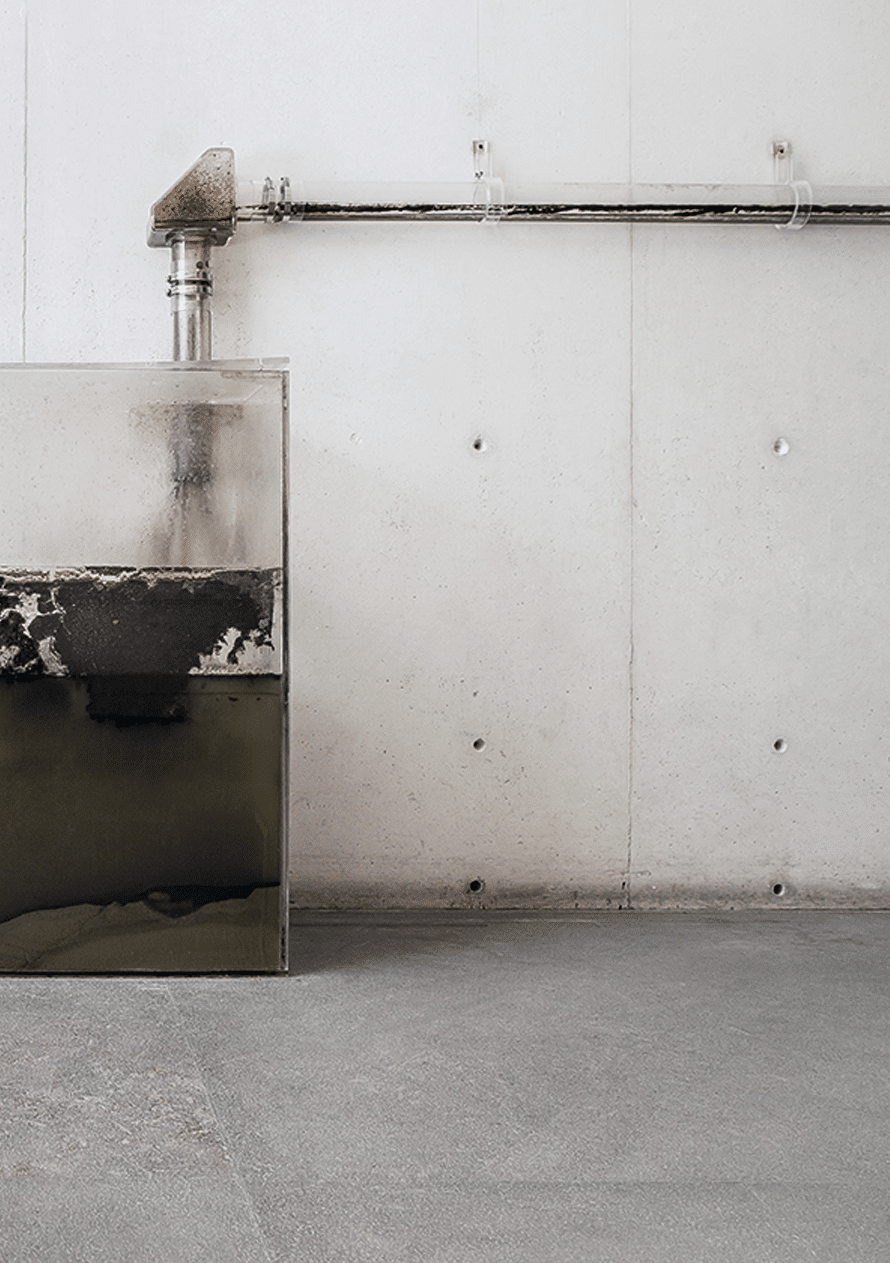
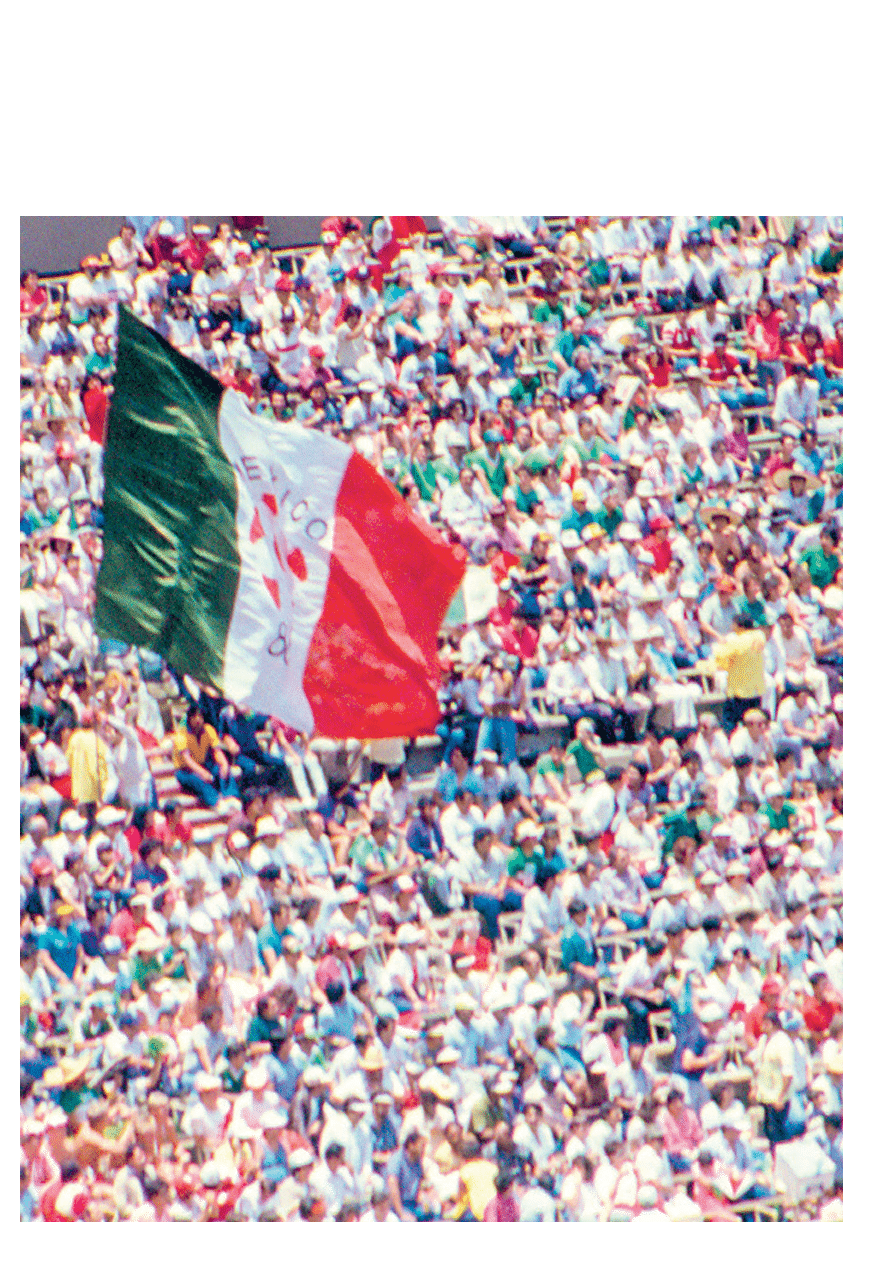
The stadium wave is a coordinated and lively phenomenon that occurs in the stands, among those attending sports or mass events; it is known as “the Mexican wave”, since it rose to fame during a 1986 World Cup game in Mexico. An excited crowd watch-ing a match at the Monterrey University Stadium un-leashed the impulse that triggered the wave, which was seen by millions of spectators.
More than 30 years later, the Mexican wave is a classic celebration that takes place in stadiums around the world and that the Oxford Dictionary defines as “an effect resembling a moving wave produced by successive sections of the crowd in a stadium standing up, raising their arms, lowering them, and sitting down again”.37
With fame came controversy as several countries claimed the invention of the wave. Cheerleader “Krazy” George Henderson proved to have started the first wave of history in Oakland, during a baseball game in 1981. However, he acknowledged “the 1986 World Cup was its great showcase. It was done with every game, and I watched on TV and saw pictures of the impact it had. Stadiums as majestic as the Azteca served as its home. The wave there took on dimensions that I couldn’t imagine in my wildest dreams”.38
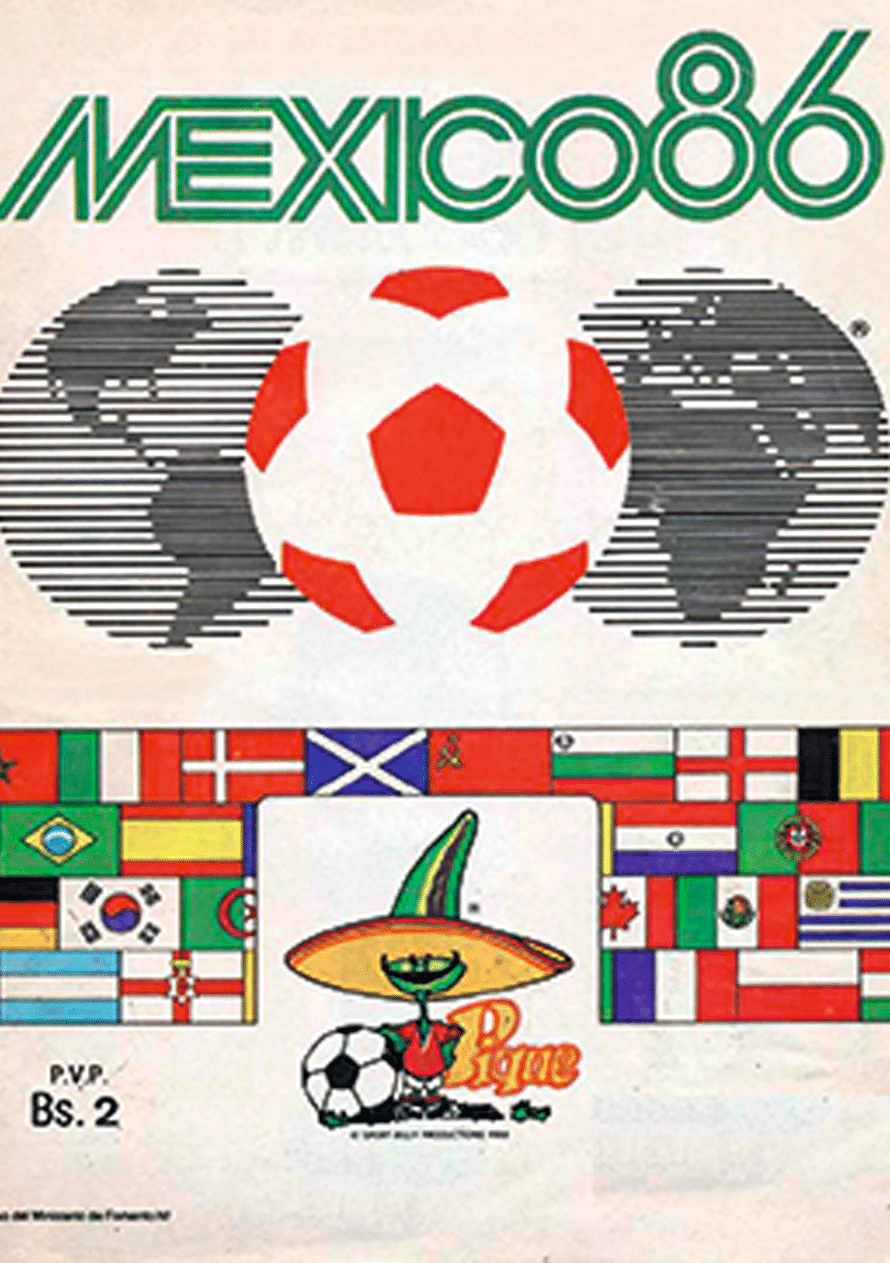
With an innovative insight and a deep understanding of traditional cuisine, Enrique Olvera (Mexico City, 1976) has made modern Mexican cuisine a world referent.
He emigrated to New York to study at the Culinary Institute of America, where he graduated with honors. He returned to Mexico City and in 2000 he opened Pujol, which three years later was listed as one of the 50 best restaurants in the world. Ever since, he has been constantly present in the most prestigious rankings, and has become a reference in several documentaries and specialized programs.
He understands the importance of taking care of ingredients, from choosing the seed, the land and the crop, and is one of the main promoters of chinampa agriculture. In his book En la milpa (2012) he revalues the millenary knowledge of this cultivation method, the basis of Mesoamerican cuisine.
Some of the best chefs in the country, including Jorge Vallejo (Quintonil), Eduardo García (Máximo Bistrot) and Daniela Soto-Innes, head chef of Cosme, in New York —also owned by Olvera— have been trained among the Pujol stoves. The World’s 50 Best Restaurants guide, in its 2019 edition, considered the latter the best female chef in the world.
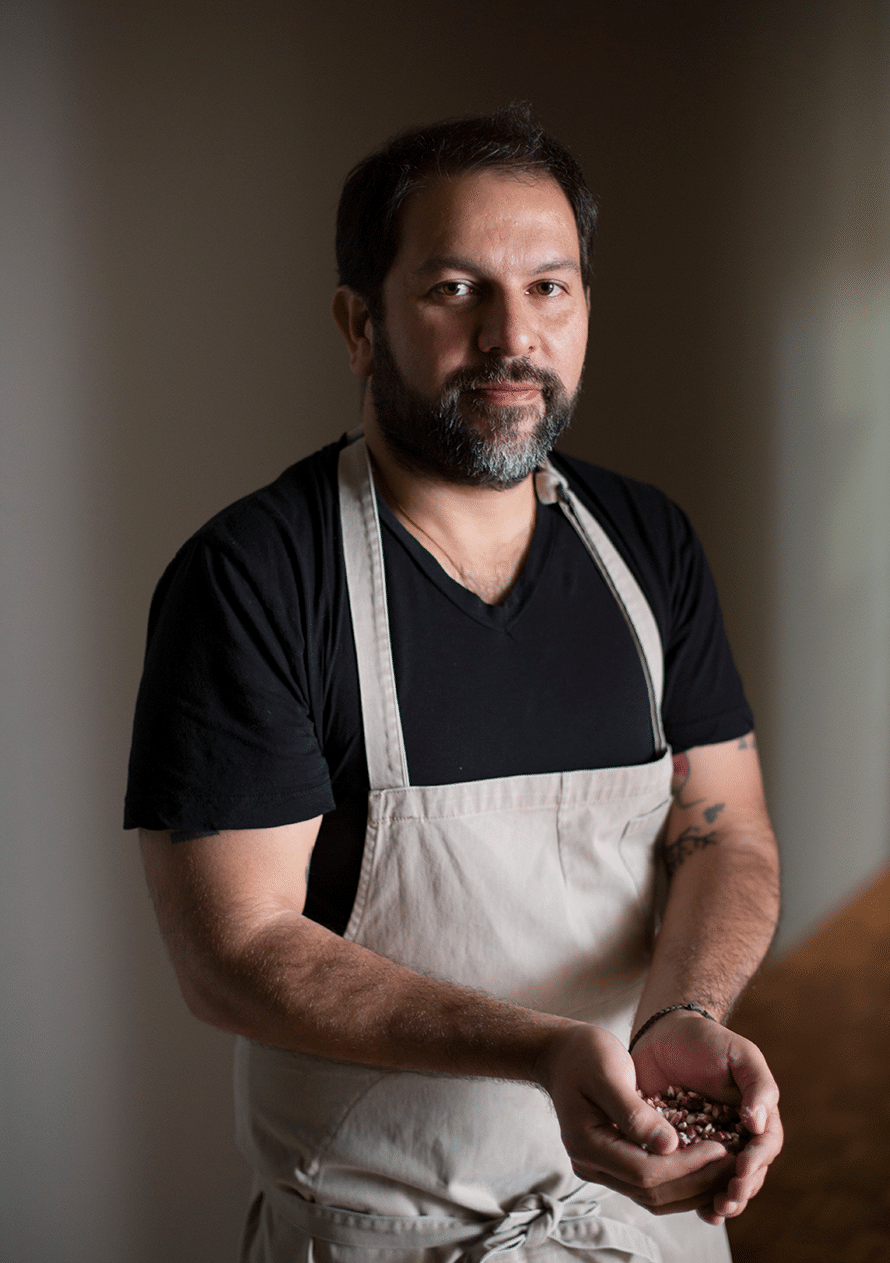
Gabriel Orozco (Jalapa, Veracruz, 1962) has gained international reputation as a renovator of conceptual art. He is one of the most representative members of the post-studio movement, which abandons the idea of a workshop, to work in direct contact with reality.
Orozco leaves behind all conventions regarding materials and tools,to take advantage of what he finds on the streets. He transforms forgotten or unusable objects into interpretations, criticisms or visions that have been defined as “poetry of the everyday”.
He lives and works between Tokyo, New York, Paris and Mexico City, where one of his most iconic pieces: the Mobile Matrix, is installed in the Vasconcelos Library. It consists of the bone structure of a gray whale, weighing almost 1,700 kilograms, intervened with drawings of circles and ellipses that represent the movement of waves and sound waves, as it floats mid space.
From 2009 to 2011 his work was the subject of an itinerant retrospective solo exhibition in galleries such as the Museum of Modern Art in New York; Kunstmuseum Basel in Basel; Centre Pompidou in Paris; and Tate Modern in London. Among his most remarkable solo exhibitions are those at the Palacio del Cristal del Retiro in Madrid (2005); the Serpentine Gallery in London (2004); the Museum of Contemporary Art in Los Angeles (2000); the Philadelphia Museum of Art (1999), and the Museum of Modern Art in New York (1993).

José Clemente Orozco (Ciudad Guzmán, Jalisco 1883–Mexico City 1949) was one of the pillars of the muralist movement. He found encouragement in José Guadalupe Posada, whom he met as a child and whose influence was present in all his work.
In 1904 he lost a hand playing with gunpowder and some say that this had an impact on his personality, almost always withdrawn, with a tendency to melancholy. He was the most philosophical, complex and profound of “The Big Three”. His work differs from that of Siqueiros and Rivera, mainly because it does not privilege the triumphalism of war and revolutions, but rather emphasizes pain, loss, suffering, agony and death.
From 1927 to 1934 he settled in the United States. In New York he did a series of paintings that show a dehumanized and mechanistic character of the great metropolis. He was the first muralist to paint a fresco on freshly prepared plaster at the New School for Social Research in New York (1930).
Originally from Jalisco, he created what is considered his peak work in this state: the 57 murals of the Hospicio Cabañas building, where the Man of Fire (1939) is particularly noteworthy. His work transcended national boundaries and he is considered a universal painter, especially for his selection of topics, not only limited to nationalism, but also capturing the condition of humankind.
